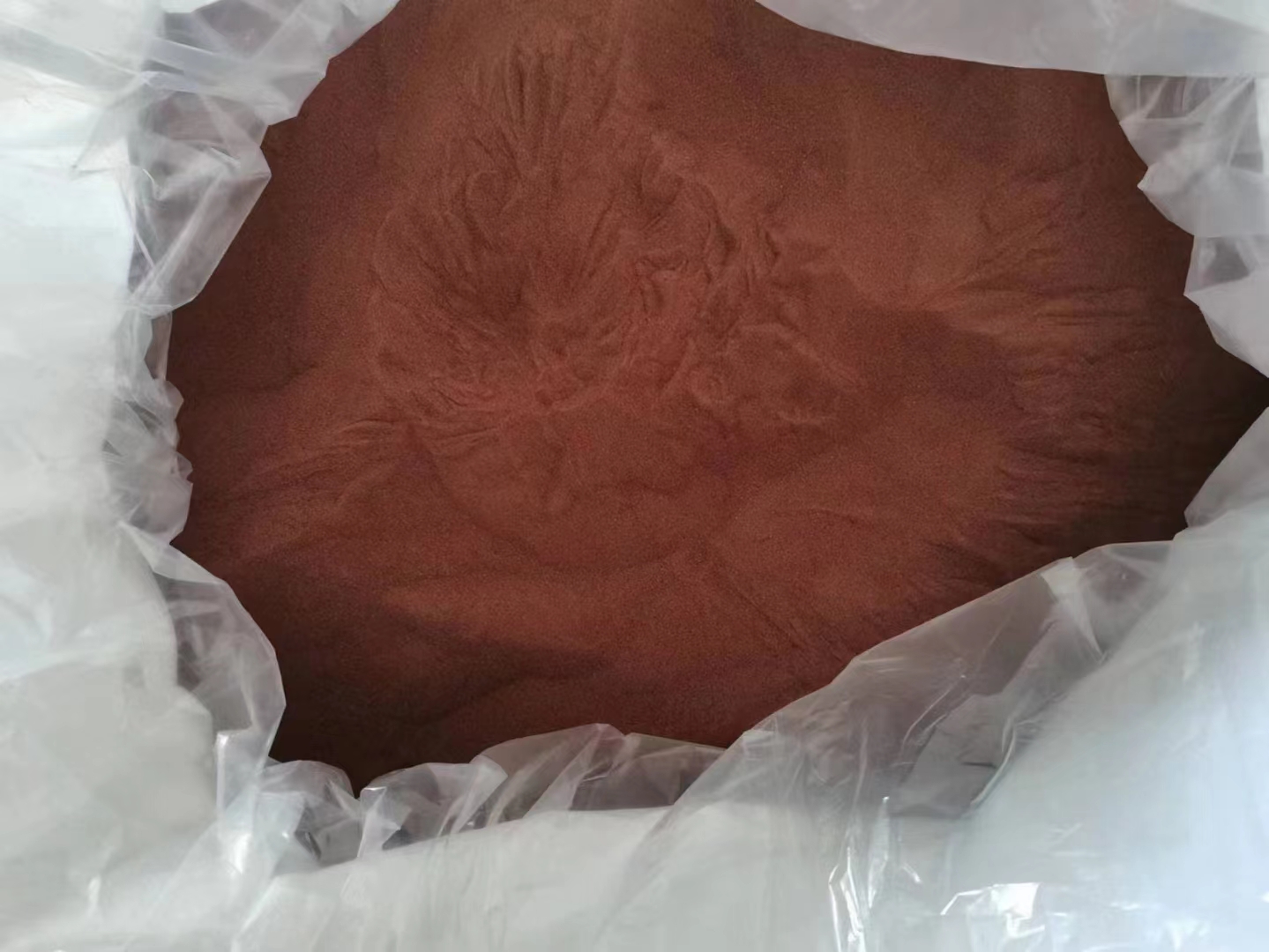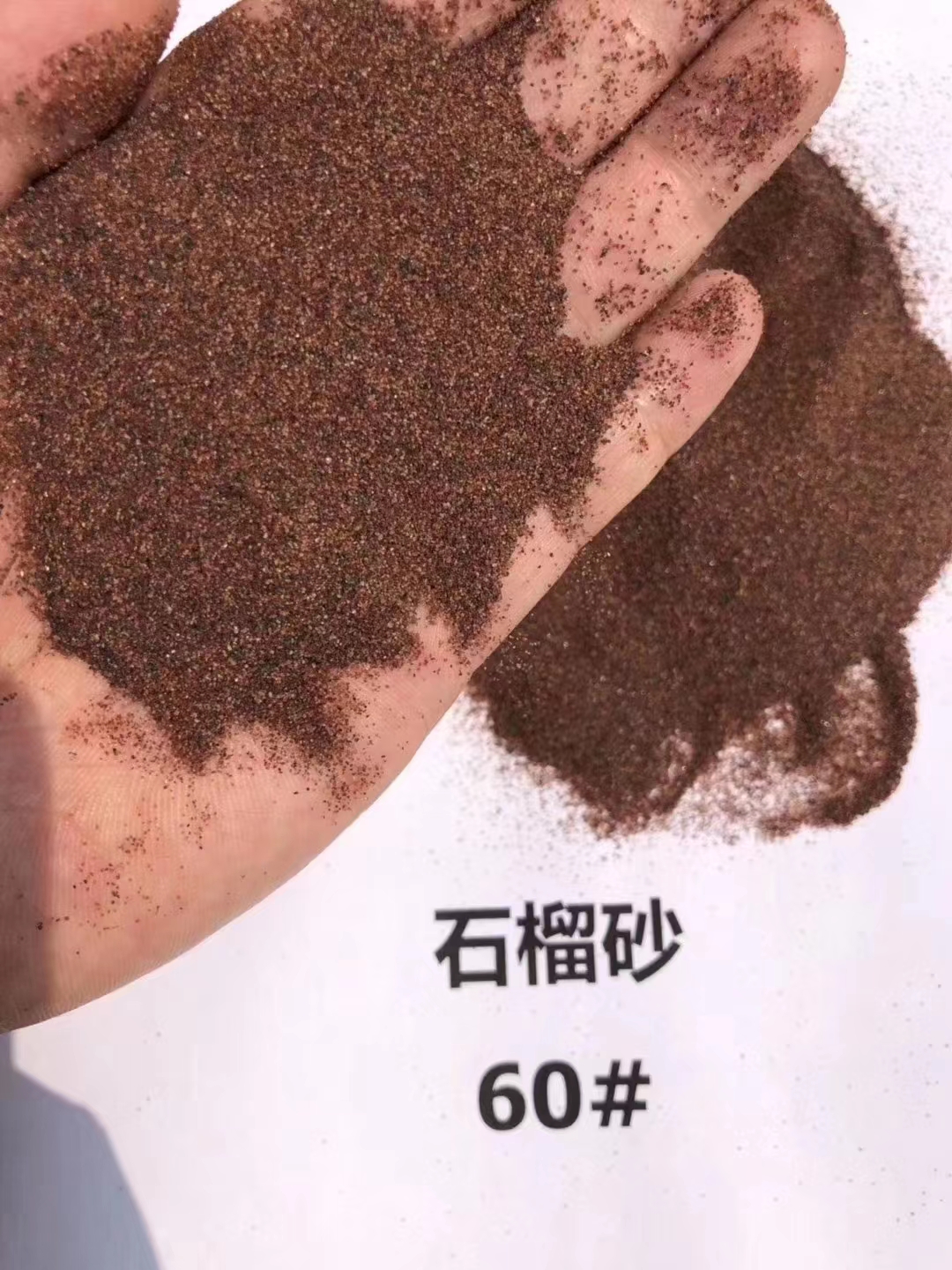




Garnet has been used in the water treatment process for many years but only recently has its full potential been realized. Its unique properties make it one of the most effective filtration media for tackling a wide range of water impurities.
The composition of garnet is mainly iron, aluminum and silica, consisting of numerous small crystals. This arrangement of crystals provides an effective filtration system, similar to a mesh. When suspended in water, the garnet particles trap and absorb particles in the surrounding water, ranging from large particulate matter down to microorganisms.
The surface area of the garnet is also much greater than other filtration media, allowing it to effectively treat a wide range of water contaminants. It has a higher absorption rate than other filtration media and can absorb more organic substances such as oil and grease. This makes it ideal for treating wastewater from industrial processes.
Garnet is inert and does not change the chemical composition of the water, unlike other media. Its high adsorption capacity also means that it can be used multiple times before needing to be replaced, making it an economical choice for water treatment.
In conclusion, garnet filtration has made a significant impact on the water treatment process, providing a reliable and cost-effective solution for purifying water. Its unique properties make it an ideal filtration media for removing a wide range of contaminants, from microorganisms to oil and grease.
Is it useful for seawater application (in RO desal.)?
The amount of SS that can be caught or filtered per unit volume for water filtration depends on several factors, such as:
1- The size and shape of the silica sand particles, which affect the surface area and porosity of the filter bed.
2- The size and concentration of the dust particles in the water, which affect the loading rate and pressure drop of the filter.
3- The flow rate and temperature of the water, which affect the contact time and removal mechanisms of the filter.
4- The depth and configuration of the filter bed, which affect the filtration efficiency and backwashing frequency of the filter.